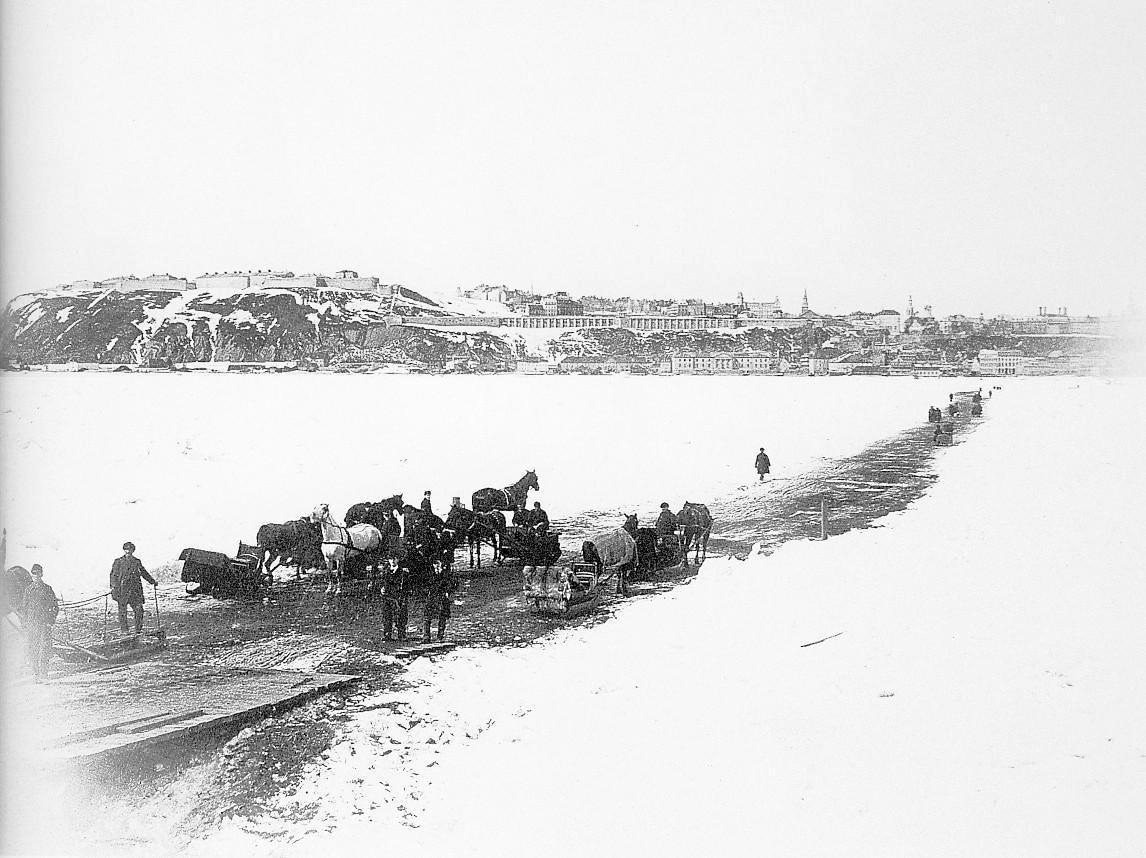Genealogies that link all people are frequently lost throughout time, despite the fact that all humans share common ancestors that date back many generations to hundreds of thousands of years.

Image Credit: Bibliothèque et Archives nationales du Québec
Using a rare genealogy dataset of over five million records spanning 400 years to reveal the genetic composition of French-Canadian communities, a recent study conducted by McGill University is now shedding light on the complicated link between human migration and genetic diversity.
The team created a novel technique to model genomes based on a population size genealogy going back to the arrival of the first French immigrants. The team included academics from Université du Québec à Chicoutimi and the Big Data Institute at the University of Oxford.
They were able to demonstrate that this population’s genetic organization was encoded into its genealogy by comparing the simulations with actual genetic data.
It is the first genetic study, in any worldwide population, that incorporates genealogical records to provide a strikingly accurate map of genetic relatedness at the population scale.”
Simon Gravel, Study Author and Associate Professor, Department of Human Genetics, McGill University
How Rivers and Mountains Influenced Population Structure
The dataset was utilized in part to look into how certain historical occurrences and geographical settings have affected the genomes of modern French Canadians.
Given that boundaries grew quickly along the banks of the St. Lawrence River and its tributaries during European colonial history, the study emphasizes the link between river networks and genetic similarities.
Gravel added, “This study tells the genetic story of French Canadians, showing that their population structure today is not a result of ancestral French population structure, but rather one that has been shaped by events in North America over the past four centuries. We were even able to tie a meteor impact crater in the region of Charlevoix, to the appearance of a founder effect observed in the Saguenay-Lac-Saint-Jean region.”
Using Ancestral Data to Help Identify Genetic Diseases and Treatments
The study fills in the gaps between family pedigrees and continental population structure by tracking the lineage of millions of people through time and location, offering insightful information into the intricate fabric of human genetic history.
“Beyond mapping the rich genetic history of French Canadians, the findings have significant implications for understanding the impact of migration on genetic variation and the broader history of humanity,” Prof. Gravel stated.
The researchers are hoping that the large, publicly accessible simulated dataset will aid in enhancing genetic risk prediction, historical inference, and genealogical inference, which could have implications for identifying genetic diseases and enhancing medical treatments. The simulated dataset has a realistic population structure and mating patterns.
Source:
Journal reference:
Anderson-Trocmé, L., et al. (2023). On the genes, genealogies, and geographies of Quebec. Science. doi.org/10.1126/science.add5300